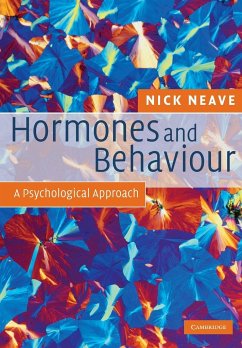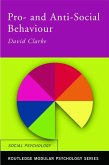Recent advances in non-invasive sampling techniques have led to an increase in the study of hormones and behaviour. Behaviour is complex but can be explained to a large degree by interactions between various psychological and physiological components, such as the interplay between hormonal and psychological systems. This new textbook from Nick Neave offers a detailed introduction to the fascinating science of behavioural endocrinology from a psychological perspective, examining the relationships between hormones and behaviour in both humans and animals. Neave explains the endocrine system and the ways in which hormones can influence brain structure and function, and presents a series of examples to demonstrate how hormones can influence specific behaviours, including sexual determination and differentiation, neurological differentiation, parental behaviours, aggressive behaviours and cognition. This introductory textbook will appeal to second and third year social science undergraduate students in psychology and biomedicine.
Hinweis: Dieser Artikel kann nur an eine deutsche Lieferadresse ausgeliefert werden.
Hinweis: Dieser Artikel kann nur an eine deutsche Lieferadresse ausgeliefert werden.
'An extremely well-written textbook covering an important area of psychology in which suitable books are currently lacking. The author draws on a large body of research evidence in order to demonstrate the main points and the style of writing is particularly accessible to students.' Dr Claire Gibson, School of Psychology, University of Leicester








